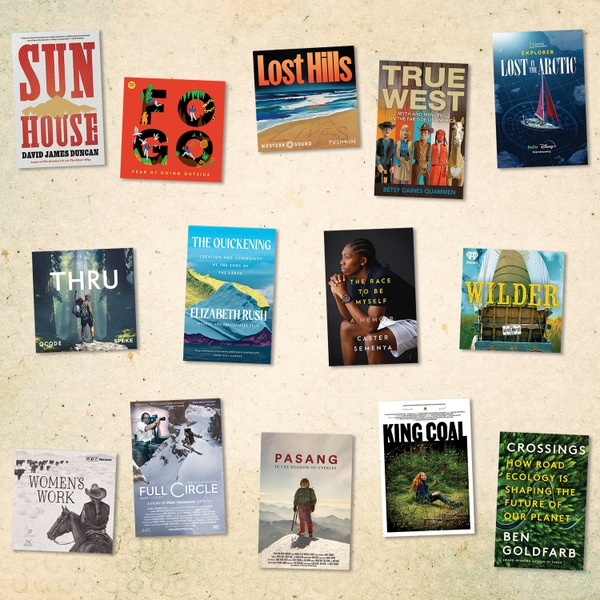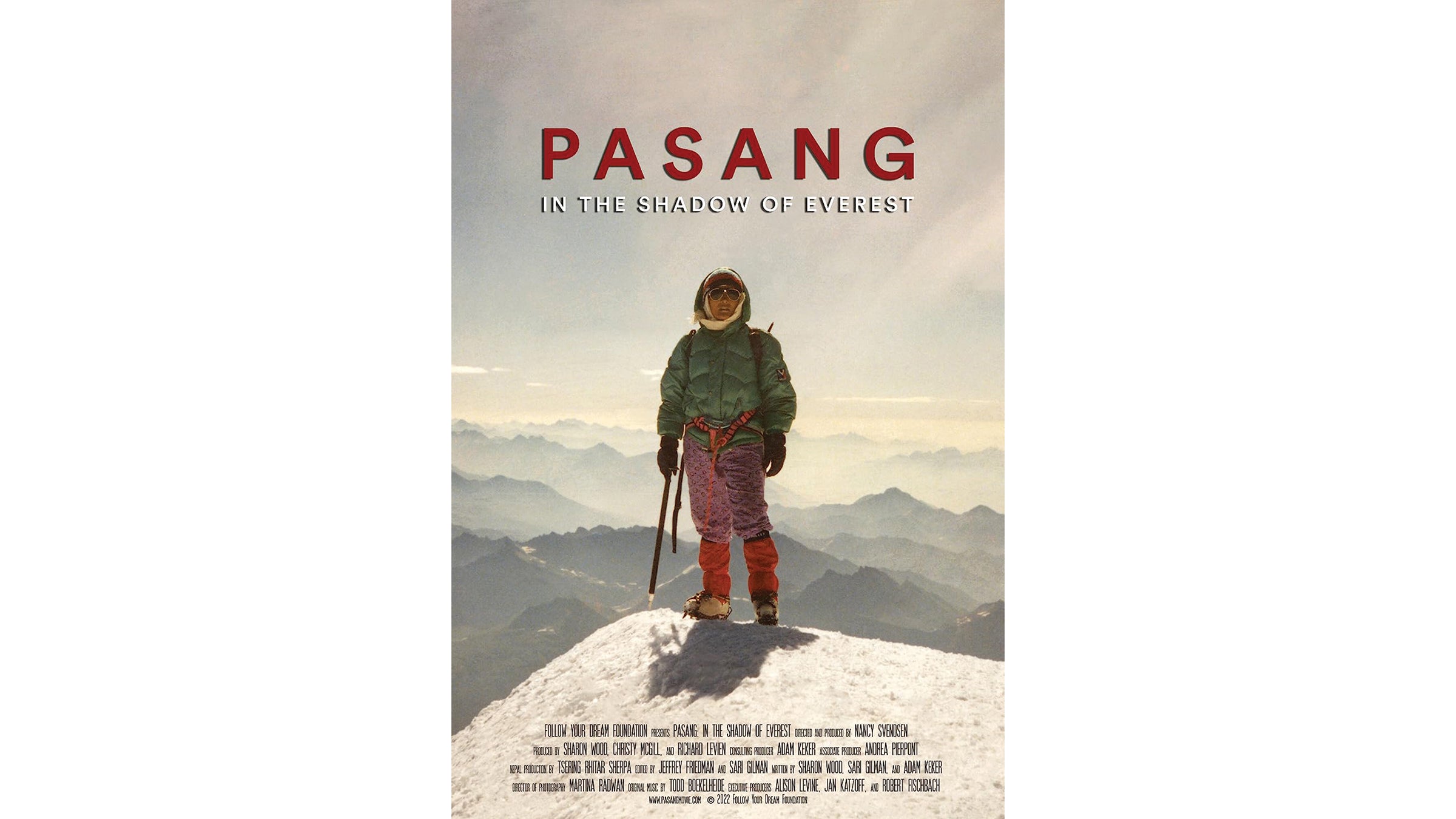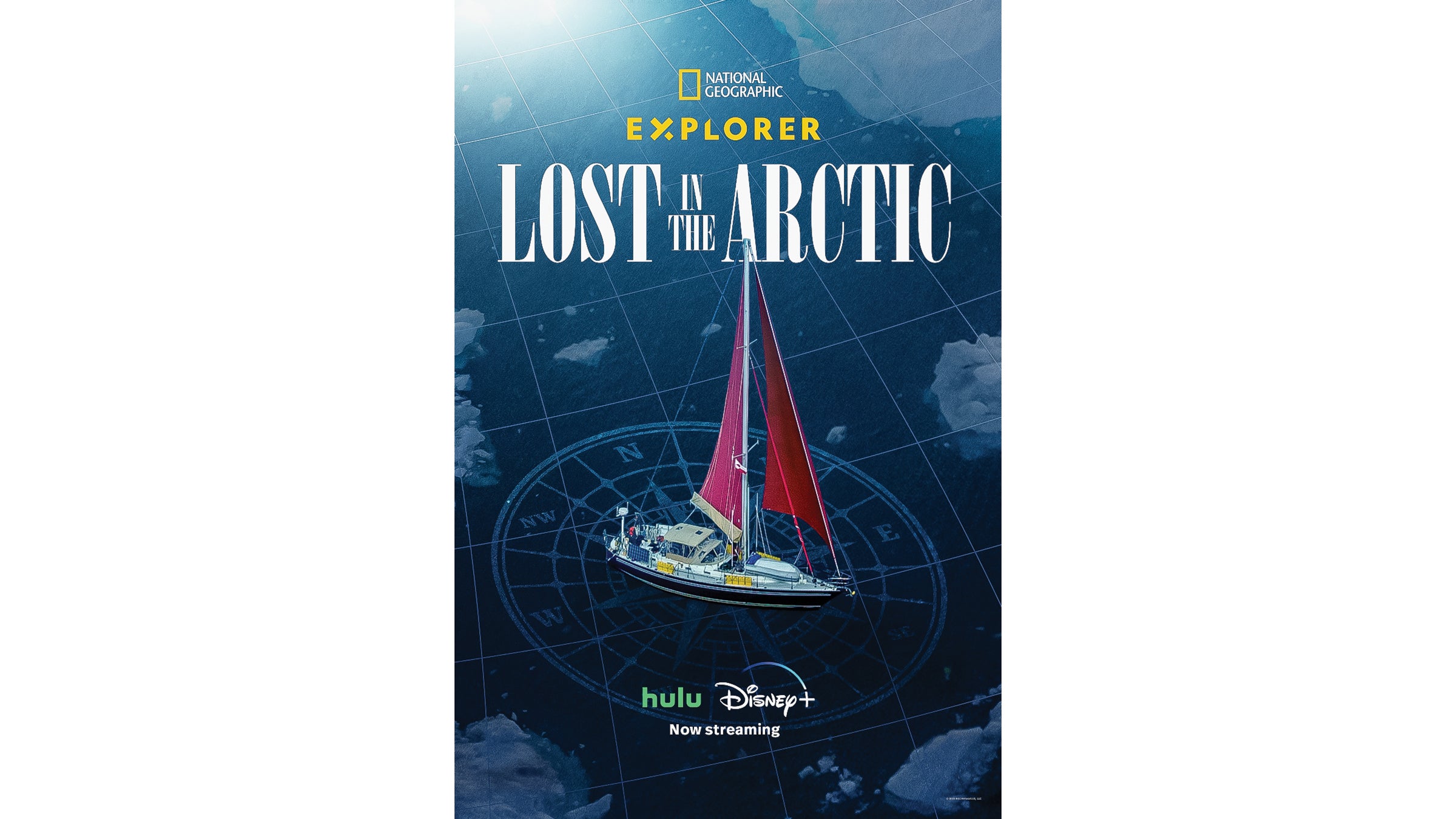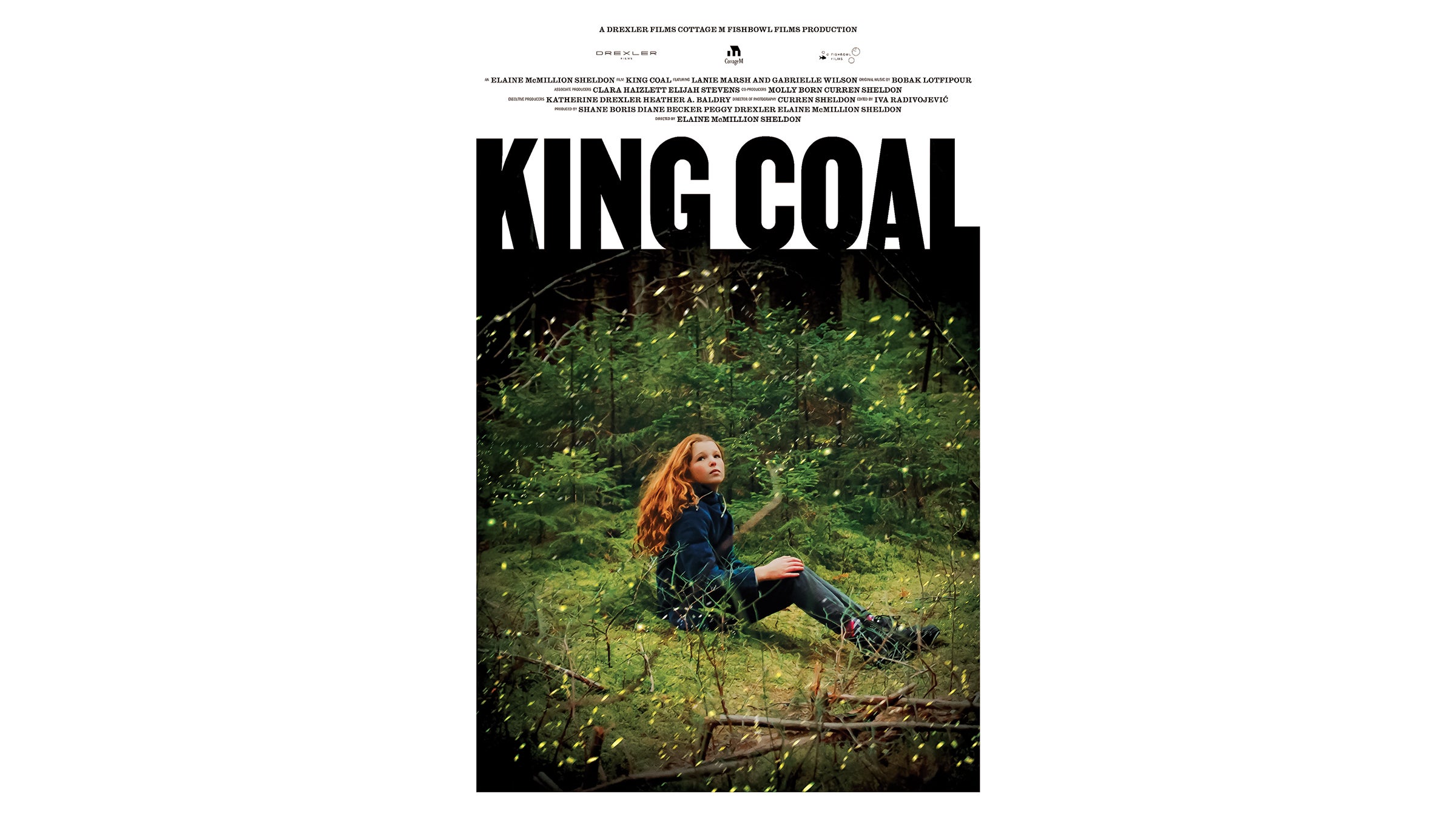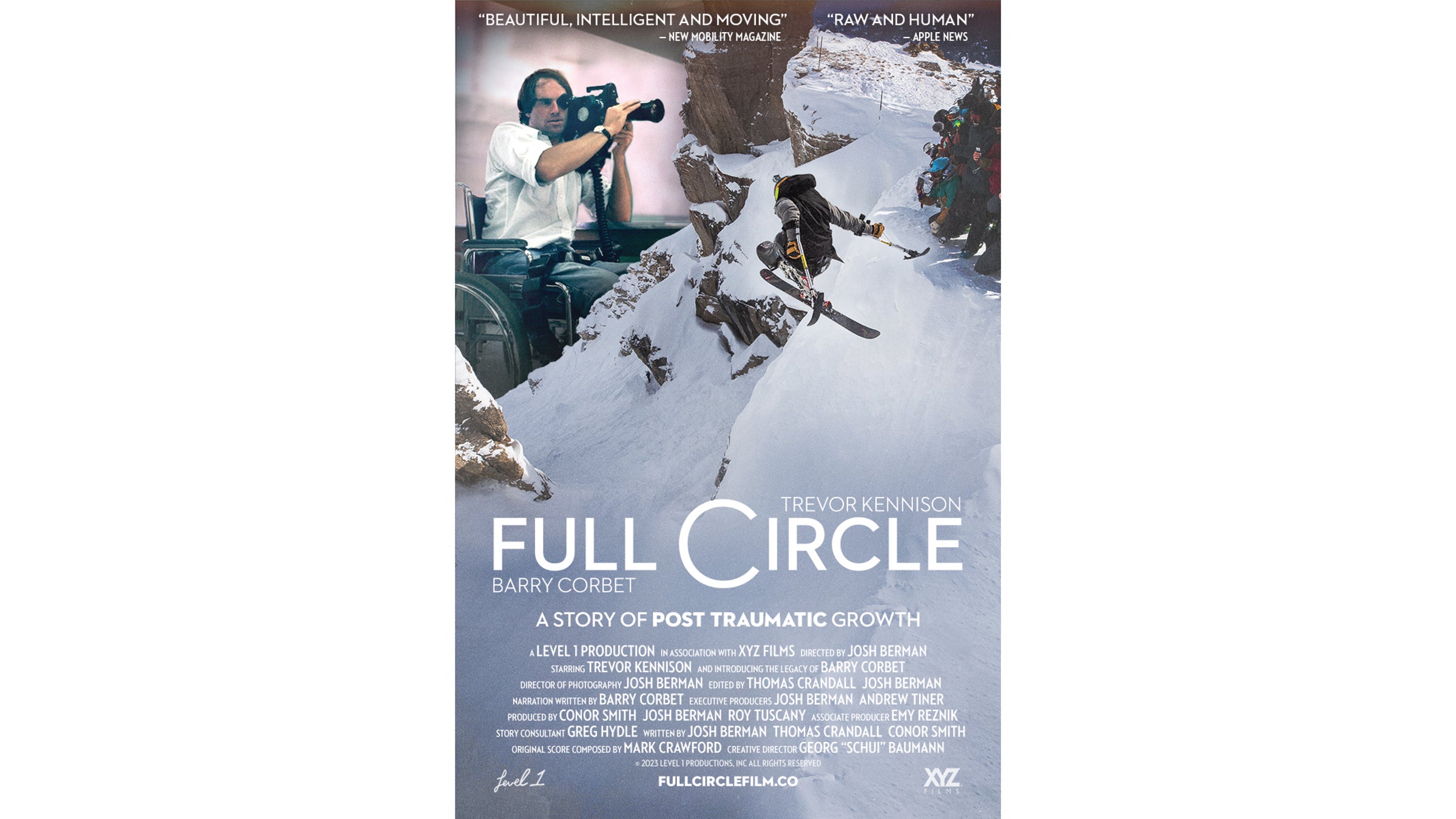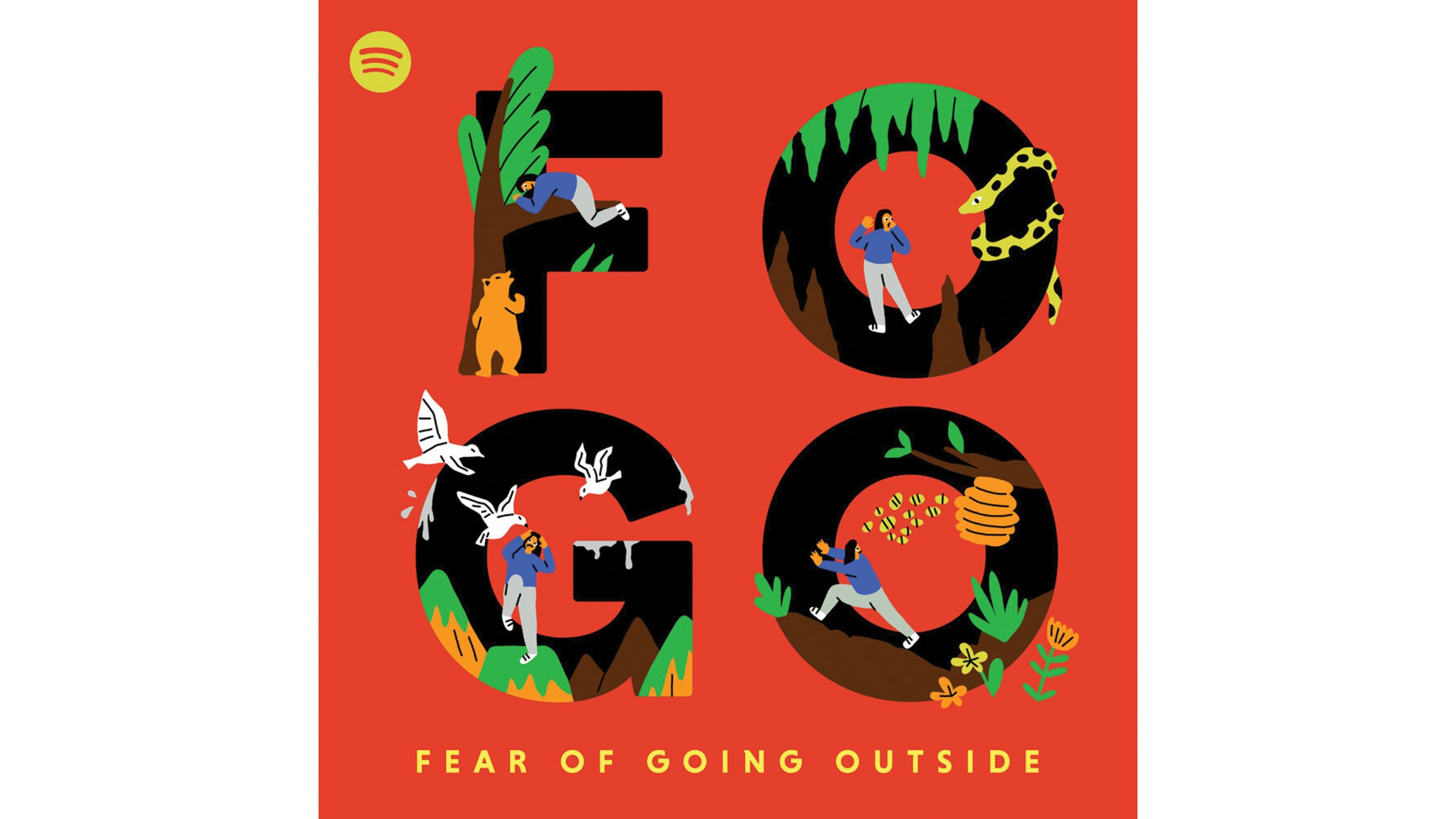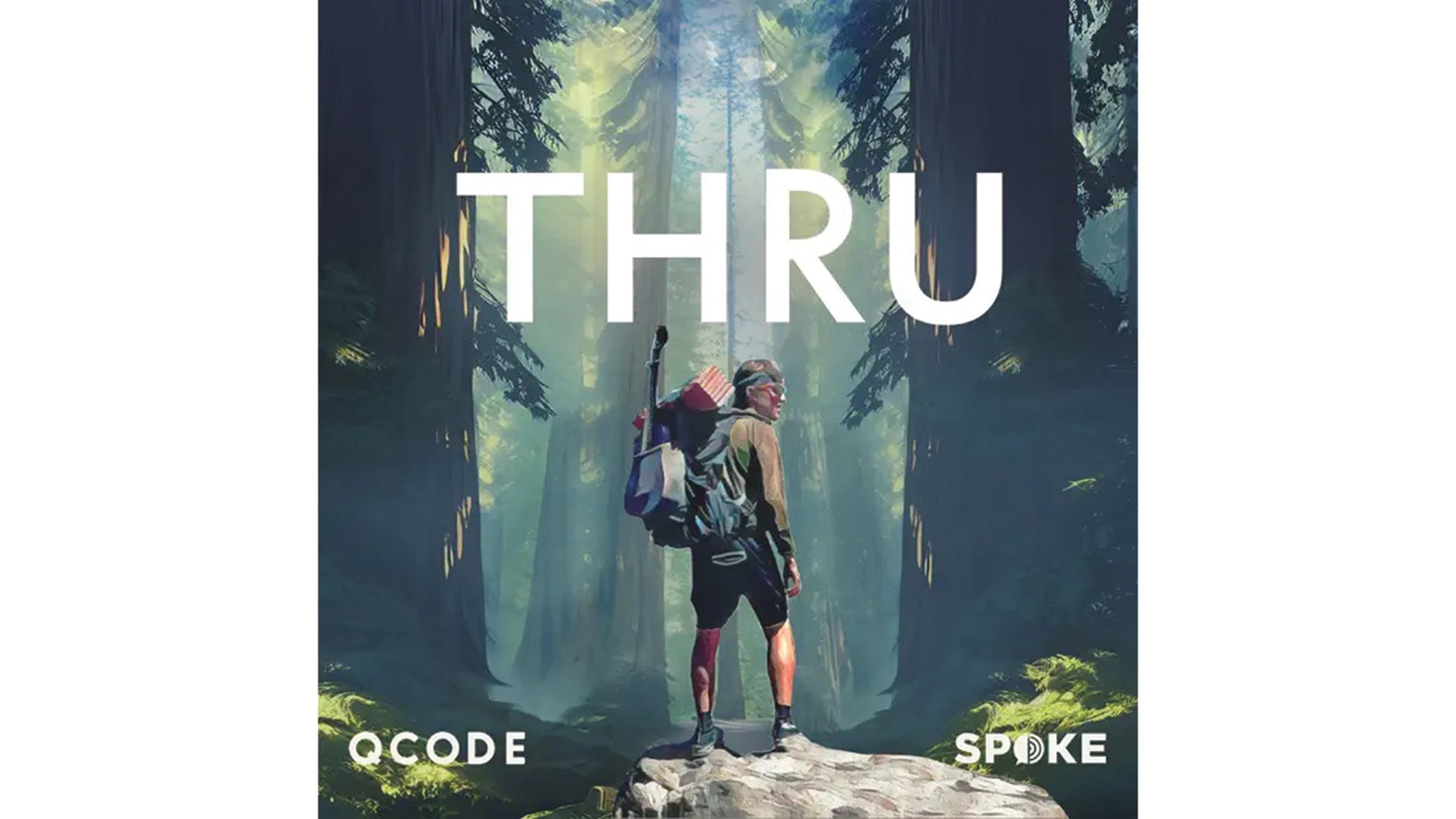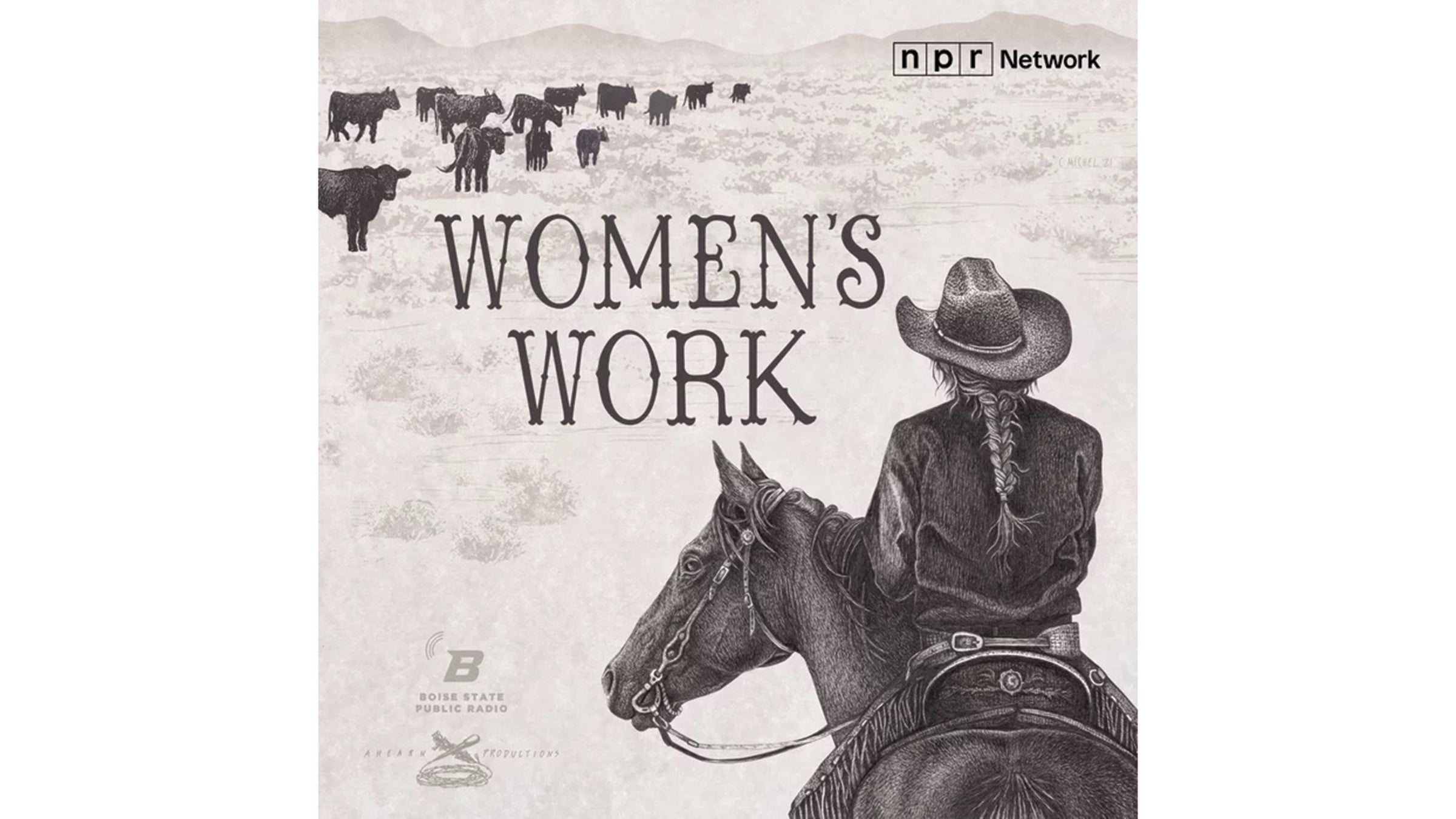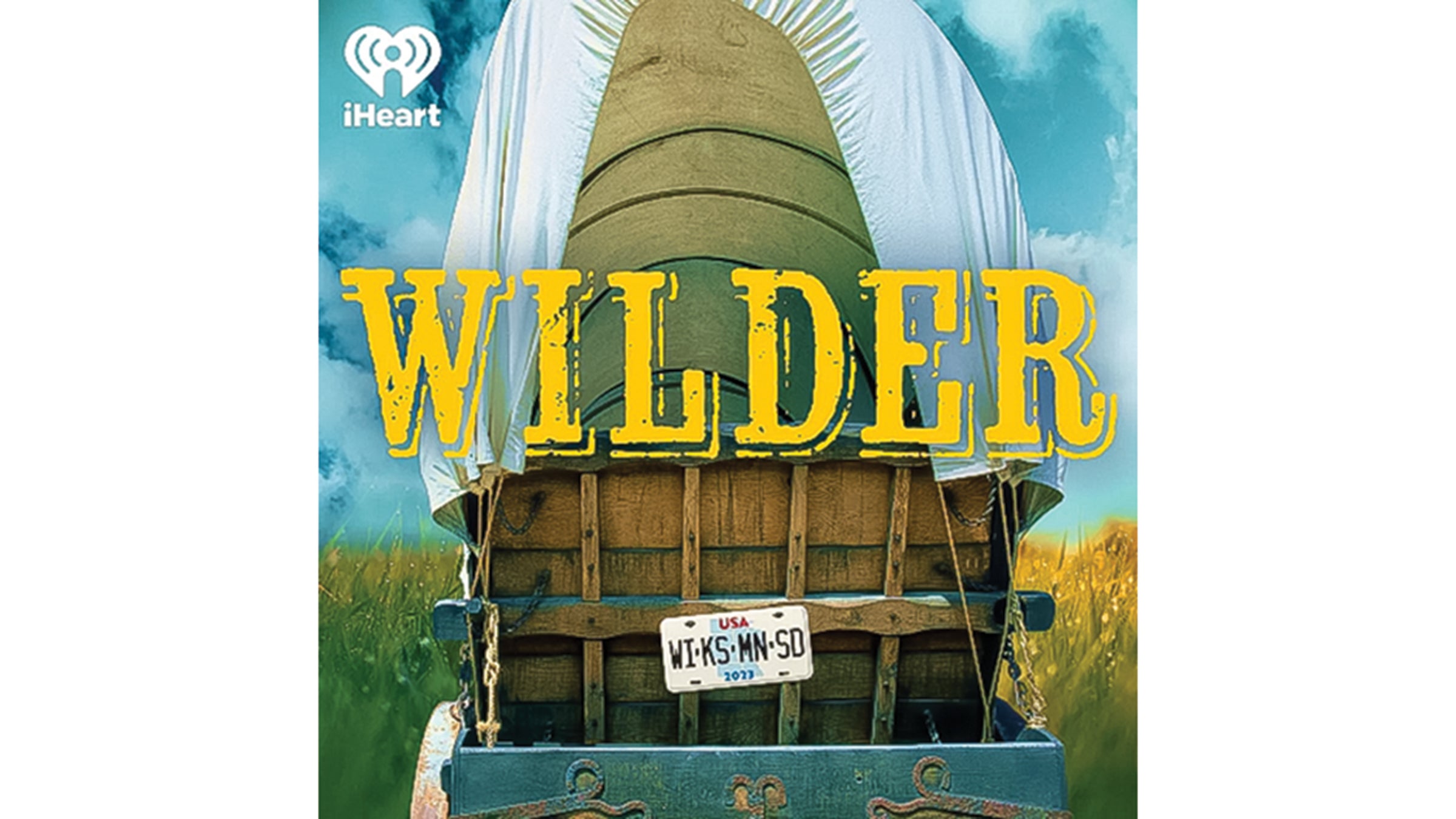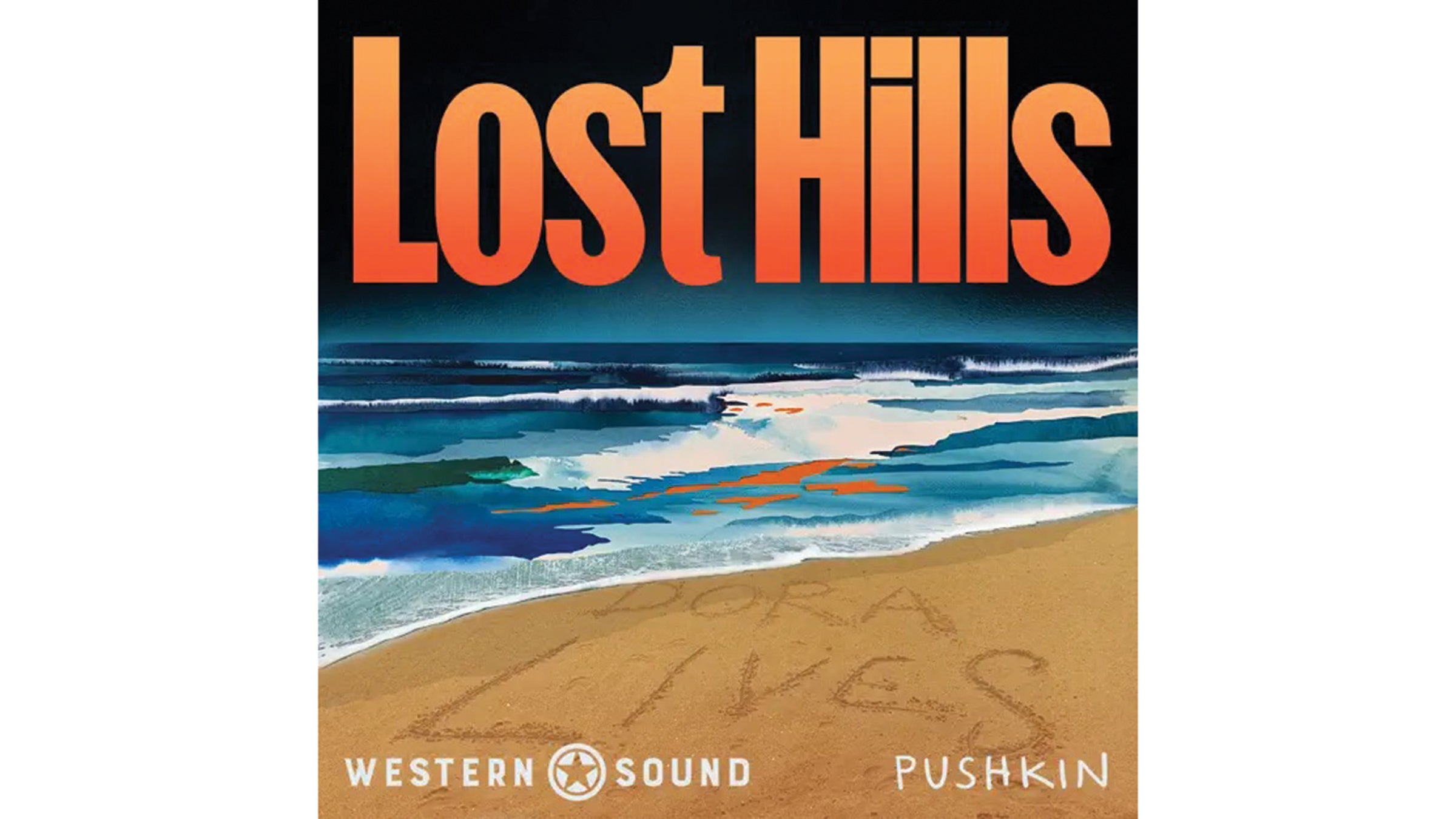This Fall’s Best New Outdoor Books, Films, and Podcasts
Whether you’re looking for a breezy podcast to keep you company on the trail or a hefty novel to pack on your next big trip, you’ll want to move these new releases to the top of your queue
New perk: Easily find new routes and hidden gems, upcoming running events, and more near you. Your weekly Local Running Newsletter has everything you need to lace up! .
This fall is packed with new outdoor media releases: books on calving glaciers and the surprising biology of asphalt, documentaries that will take you from the summit of Mount Everest to the hollers of Appalachia, and podcasts that offer thrilling tales and life lessons from outdoor mishaps. Here are our top picks for what to read, watch, and listen to between your adventures this season.
Books
The Quickening: Creation and Community at the Ends of the Earth, by Elizabeth Rush ($30)
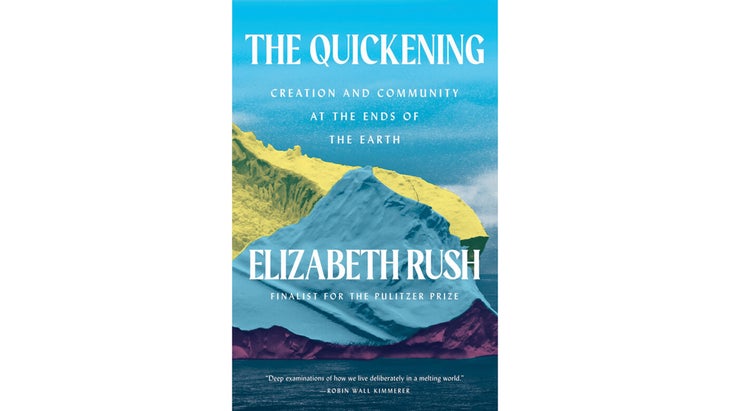
For a chunk of ice containing enough meltwater to raise the oceans two feet, not much is known about Antarctica’s Thwaites Glacier. That is why, in 2019, Elizabeth Rush joined an international group of scientists on the first expedition to its calving edge. “I wanted to stand alongside that massive glacier,” she writes in The Quickening, “wanted to witness freshly formed bergs dropping down into the ocean like stones, so that I might know in my body what my mind still struggled to grasp: Antarctica’s going to pieces has the power to rewrite all the maps.” The journey takes place as Rush is about to start a family, and she grapples with the idea of bringing a child into our climate disaster-in-progress. Rush, whose previous book, , was a Pulitzer finalist, writes with urgency and humor about this consequential world of ice—and the life that will soon be growing inside her.
The Race to Be Myself, by Caster Semenya ($30)
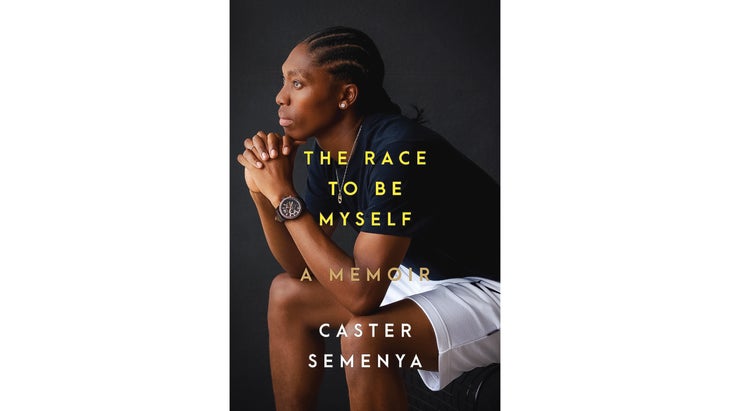
Birth is, of course, central to the story of South African runner Caster Semenya, the two-time Olympic gold medalist subjected to invasive gender testing after winning the 800-meter event at the 2009 World Championships in Berlin. In her memoir, due out in October, Semenya recounts how she was accepted as a tomboy in her rural village, only to later experience humiliating speculation about her body when her test results, which revealed elevated testosterone levels and some physical characteristics of both sexes, were leaked to the press. Forced for years to take estrogen to continue her career, in 2018 she was effectively barred from competition by stricter testosterone rules. Since then the conversation about gender has only grown more urgent as questions linger about the treatment of her and other female African runners with naturally high testosterone levels. Her ordeal, she writes, “has affected me in ways I cannot describe, although I will try.” In this defiant, moving book, she succeeds.
Crossings: How Road Ecology Is Shaping the Future of Our Planet, by Ben Goldfarb ($30)
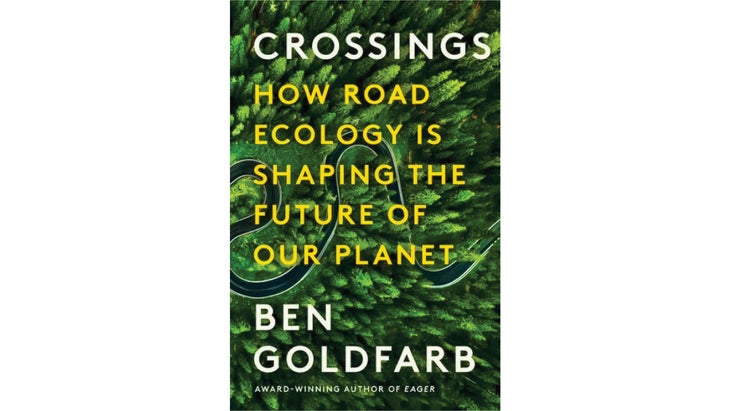
“Like most people, I at once cherish animals and think nothing of piloting a thousand-pound death machine,” writes Ben Goldfarb in this way-more-fun-than-it-should-be book about asphalt, out in September. The author of , Goldfarb has a lot to say about our national compulsion to pave a path from everywhere to everywhere else, cutting off migration routes and turning cars into superpredators. He finds hope in innovative wildlife crossings that have created a new bridge-and-tunnel crowd of coyotes, toads, and elk herds. Whether he’s tracking pronghorn antelope through Wyoming or tossing off asides about hedgehogs (“small, plodding, nocturnal … practically designed to be roadkill”), a road trip with him is worth every fascinating mile.
True West: Myth and Mending on the Far Side of America, by Betsy Gaines Quammen ($27)
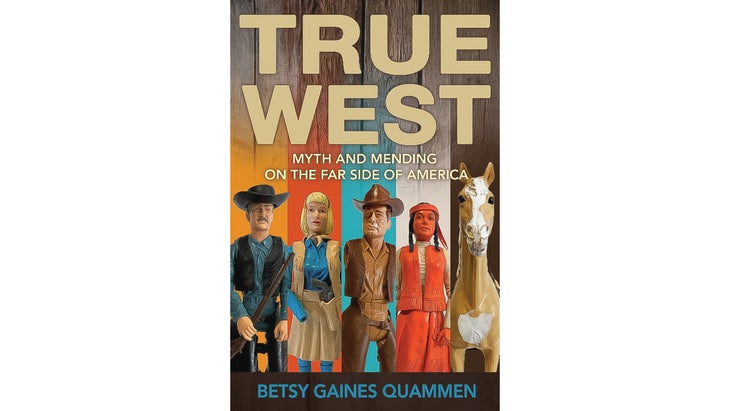
The dangerous myth of the West as an endless frontier is still alive, writes historian Betsy Gaines Quammen in True West, out in October. But today it draws a new kind of freedom seekers, from adventurers eager to “rip, shred, bag, and slay” its peaks and rivers to anti-vaxxers determined to raise a middle finger to the feds. Quammen, author of , has spent years investigating a region that “has become ever hotter, drier, angrier, and more politically polarized,” from the Idaho origins of the Oath Keepers—whose members stormed the U.S. Capitol in 2021—to the billionaire recreationists holed up at Montana’s Yellowstone Club. But Quammen treats all her subjects with empathy, and she doesn’t look down on anyone. “The West is more than a playground or a storage site awaiting resource extraction,” she writes. “It’s more than a second home or a selfie. It’s a land of many cultures. It’s a place of countless generations.”
Sun House, by David James Duncan ($35)
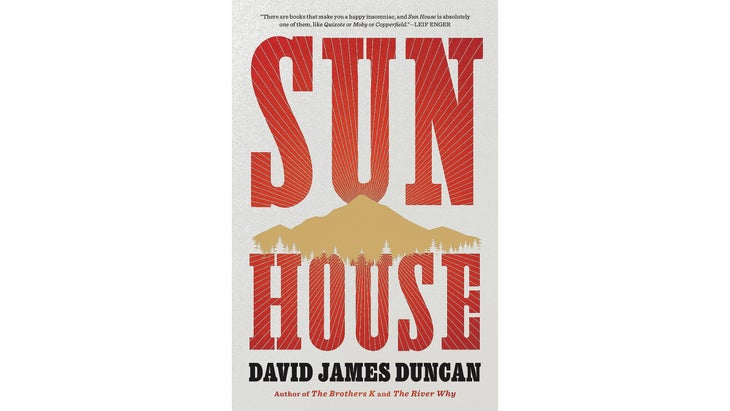
Perhaps all is not lost on the frontier. In this big-hearted “eastern Western,” cult favorite David James Duncan explores what might happen if we dished up some karmic payback to the white-guy corporations looking to “divvy up, privatize, cage, clear-cut, dam, drain, mine, frack, and detonate” every last acre. This is Duncan’s first novel since his bestsellers (1983) and (1992). It’s a cosmic trip that braids together a dozen lives that cross and gurgle like the fictional Elkmoon River. Do we object that it isn’t until page 363 that these freethinkers begin to converge on Montana’s Elkmoon Range? We do not. Do we care that the text is 764 pages, not counting an extensive bibliography? Indeed we do, but in a good way, because it allows us to ride this magic bus as long as we can. Stoke the cabin fire and pour some whiskey over a chunk of glacial ice. You’re not coming out until you’ve finished this one.
Films
Pasang: In the Shadow of Everest
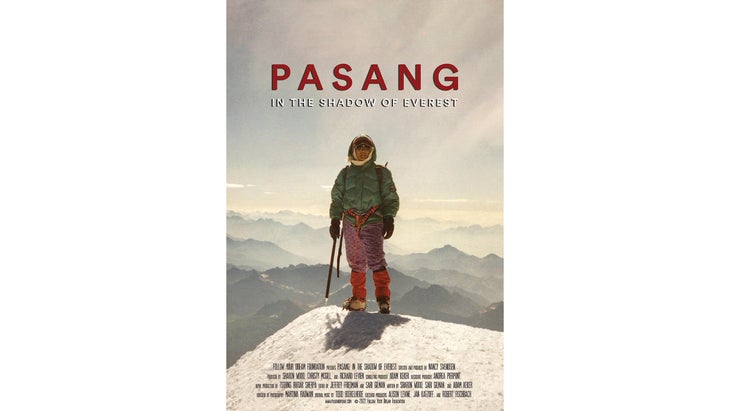
The inspiring, ultimately tragic story of Pasang Lhamu Sherpa is a lesser-known chapter in mountaineering history. Pasang perished while descending Everest in 1993, after becoming the first Nepali woman to summit. Director Nancy Svendsen first met Pasang’s daughter, Dawa Futi Sherpa—an executive producer on —a dozen years ago. Together they deliver a subtle, sensitive tracing of Pasang’s life against the backdrop of Nepal in the late 1980s and early 1990s. Those were pivotal years in the country’s quest for democracy and in the development of modern commercial climbing on Everest, which is powered largely by the hard work and heroism of unheralded, underpaid teams of Sherpas. Pasang was an uneducated Sherpa woman from a small village; her vast ambition and determination were truly singular and not always appreciated. What emerges is an incredibly timely story. In Pasang’s quest to empower Sherpas in the climbing industry, and both women and Sherpas in Nepali society, she was a trailblazer. Limited theatrical release in September; streaming on Amazon by November
Explorer: Lost in the Arctic
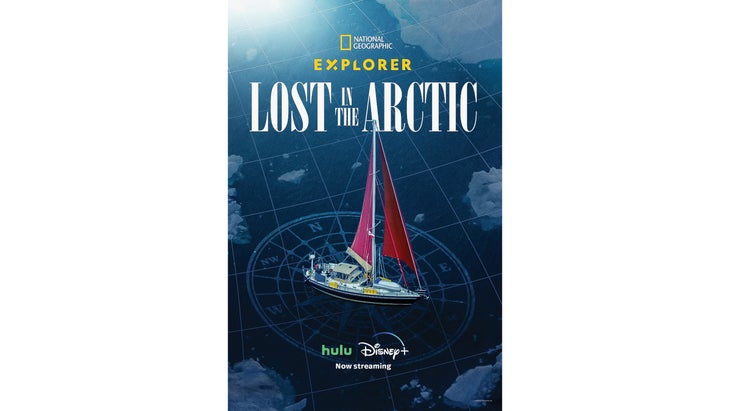
The Northwest Passage has lured adventurers for centuries, but the prospect of a sea route above the North American continent has remained mostly a deadly fantasy. In the overheated present, dwindling summer ice pack has now made the journey feasible, though hardly easy. In June 2022, writer and adventurer Mark Synnott assembled a team—including filmmaker Renan Ozturk—and set out from Maine aboard Synnott’s 47-foot sailboat. Their goal was to retrace a famously failed 1845 British expedition led by Sir John Franklin, whose two ships and 129 crew members vanished after their ships became stuck in the ice near King William Island. It’s a mystery that has long fascinated polar historians, and Synnott and crew go to great lengths to solve it, culminating in a search for Franklin’s rumored grave. The voyage is full of tribulation—bad weather, equipment failure, unreliable maps, and, in a dire historical echo, a close call with becoming icebound themselves—and the result is a worthy follow-up to Synnott and Ozturk’s collaborations for National Geographic’s Explorer series, Lost on Everest and The Last Tepui. Streaming now on Disney+ and Hulu
King Coal
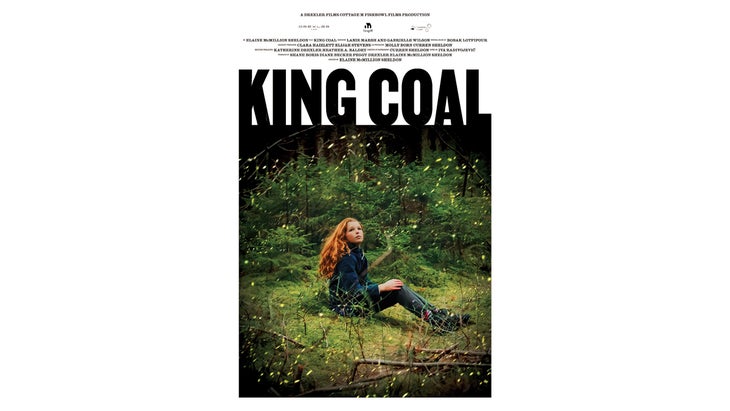
You may think you know the story of coal in Appalachia, but Elaine McMillion Sheldon’s subtle and affecting tribute to her home region mixes closely observed documentary reporting with imaginative, poetic material to arrive at something new, though no less heartbreaking. Sheldon, the daughter and granddaughter of coal miners, is well positioned to dive into the human stories that show what coal has given and taken from Appalachian communities. is an ode to a place that sees beauty amid the harshness, but isn’t blind to the scars on the land or the damage that has carried through the generations. Environmental docs can feel stripped of nuance, all stridency and condemnation, but Sheldon uses every tool in the filmmaking kit—from sound design to music to the casting of several endearing young locals—to successfully connect her audience to the beauty and tragedy of her home. Theatrical release August 11; available on Amazon, Google Play , and iTunes in mid-October
Full Circle
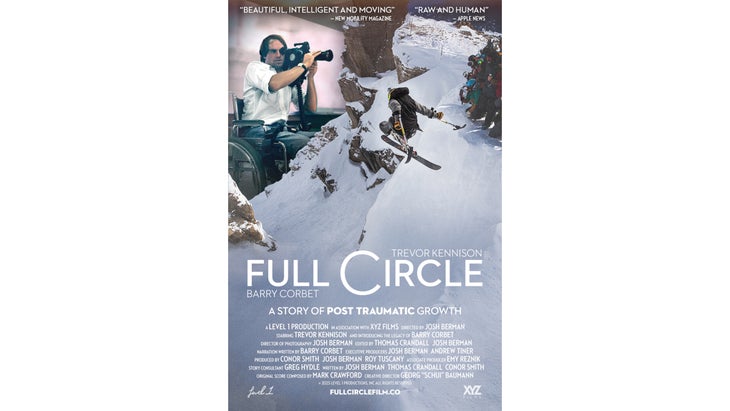
Director Josh Berman invites us into the lives and worlds of Barry Corbet and Trevor Kennison, two men left paralyzed by spinal injuries that resulted from snow-sports accidents. Each narrative is inspirational—the film’s subtitle is —but Berman doesn’t shy from the harsh realities of life as a paraplegic. Corbet built an impressive climbing and skiing résumé in the 1950s and 1960s; one of North America’s most famous ski runs, Corbet’s Couloir in Jackson Hole, Wyoming, was named after him. In May 1968, he was paralyzed from the waist down after a helicopter crash while filming in the Aspen backcountry. Kennison’s pre-injury experience was shorter, but he found the same joy in the mountains, and suffered a similar spinal injury while snowboarding in the Colorado backcountry in 2014. Corbet refused to slow down, making films and learning to kayak; for Kennison, the discovery of sit-skiing gave him back the sense of purpose Corbet found on the river. In a post-injury triumph that Corbet, who passed away in 2004, would’ve been proud of, the film opens with Kennison dropping into Corbet’s Couloir on a sit-ski during the Kings and Queens of Corbet’s contest in 2019. Nationwide theatrical release in late October; streaming release in early 2024
Podcasts
FOGO: Fear of Going ���ϳԹ���
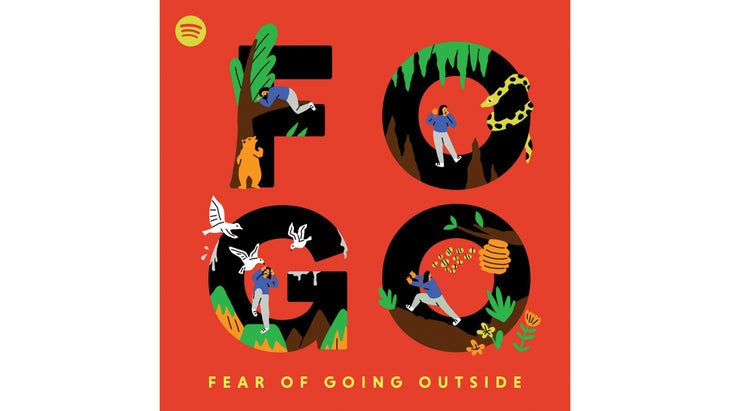
Ivy Le is a self-described indoor person, and her reluctance to host this unusual nature show from Spotify Studios is evidenced by the many sighs, screams, and ughs she sprinkles into her attempts to understand the appeal of the whole outdoors thing. Le takes friends and experts out on educational adventures, which include learning to camp (season one) and learning to hunt (season two). There’s a trip to REI with her friend Jeff Zhao that’s narrated like a nature documentary; a hike with outdoor activist Rocío Villalobos; and an archery lesson in which Le silences her doubters and hits a target while doing an Asian squat. Whether you’re new to outdoor recreation or a seasoned pro, the podcast is a delight thanks to Le, a charmingly vulnerable asker of deep questions about communing with nature. For example: What’s the difference between walking and hiking? “Hiking is sexier,” outdoor educator Diane Carrico tells her, “and it feels like you’re bragging.”
Thru
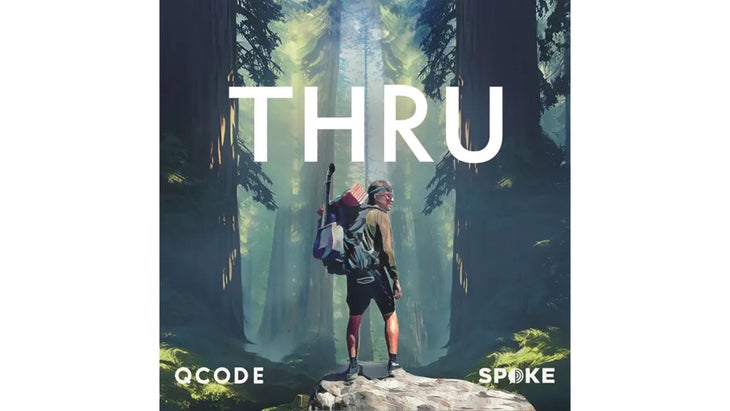
Whether he’s fighting off a nasty bout of norovirus or encountering a mystery animal on an early-morning hike, podcast producer Cody Hofmockel is never truly alone during his preparation for and through-hike of the Pacific Crest Trail. Hofmockel started on April 23, 2022, and recorded a remarkable amount of his experience to create a nearly day-by-day audio documentary. Produced by QCode and Spoke Media, the podcast consists of brief episodes that take us into the ups and downs of trail life: making friends, devising silly games to pass the time, and no small amount of what happens when that virus hits his stomach. Hofmockel, who recovered from substance-abuse issues in 2020 and “reconnected with his newly sober mind” during the hike, also ponders the reasons for walking 2,653 miles and gives colorful fellow through-hikers plenty of mic time. Listening to Thru feels like getting deftly produced voice notes from a friend who’s somewhere between Mexico and Canada.
Women’s Work
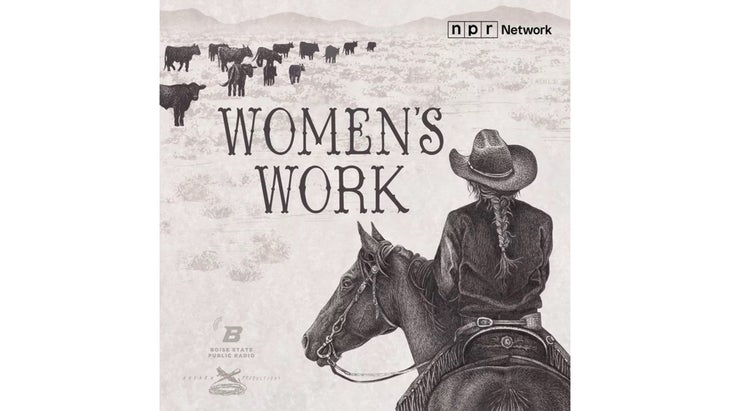
Ashley Ahearn spends much of the first episode of Women’s Work—a production of Boise State Public Radio—getting dirty looks from an extremely pregnant ewe named Babette. Ahearn, an environmentalist and chronicler of life in the West, gets right into the middle of things for an on-the-ground look at how our food systems should be reformed. As cattle rancher Cory Carman tells her: “Our limitation is not that we can’t feed the world, it’s that we can’t imagine what it’s going to take.” From Wyoming to eastern Washington, Ahearn visits women ranchers who are rethinking how to manage land and livestock. Kelsey Scott of the Cheyenne River Sioux tribe champions food sovereignty with grass-fed beef, and 14-year-old Maloi Lannan learns the ropes of regenerative ranching while helping out at her family’s sheep farm. Each offers ideas for making food production more just and sustainable—and shows how some ranchers are already fighting for a better future.
Wilder
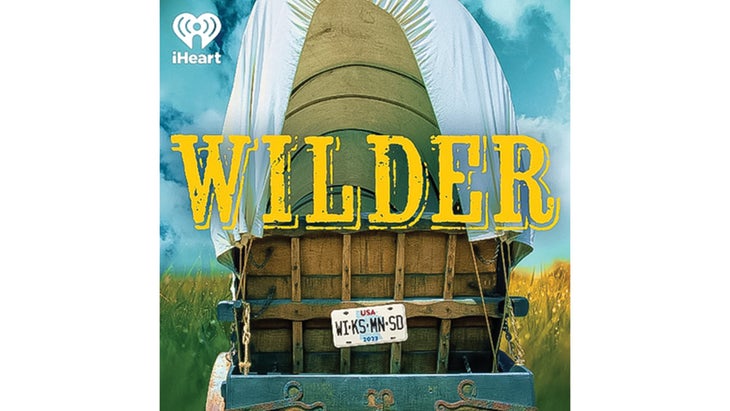
So many children grew up devouring Laura Ingalls Wilder’s autobiographical Little House on the Prairie books—only to look back and find that the series doesn’t always hold up. In Wilder, host Glynnis MacNicol reckons with the legacy of the most well-known young-adult depiction of the late-19th-century American West. The show, produced by iHeartPodcasts, is nothing short of comprehensive. In the first, nearly hour-long episode, MacNicol visits a Little House fan meetup in a town where many Hmong immigrants found a home, thanks in large part to their love of the books, and discusses the books’ racist depictions of Indigenous people with Debbie Reese, founder of American Indians in Children’s Literature. MacNicol embarks on an ambitious journey—hitting all the places Wilder lived, in six states—digging into her own memory of the books and attempting to understand the relevance of the series in the 21st century. As her friend and coproducer Jo Piazza puts it: “The many ways that Laura seems flawed are also the many ways that America is flawed.”
Lost Hills: The Dark Prince
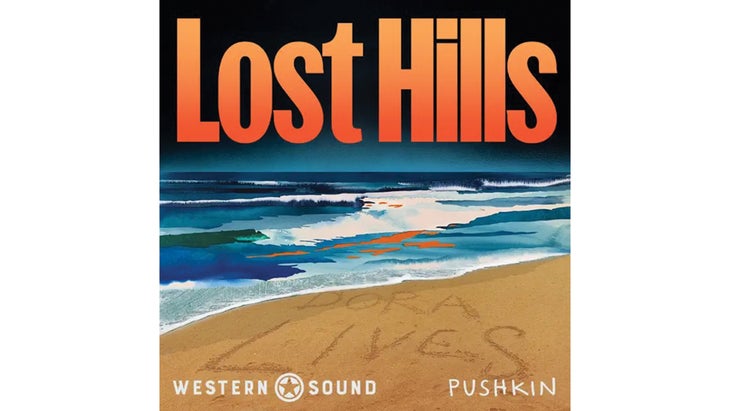
New Yorker staff writer Dana Goodyear is the bard of Malibu, California, explaining the swanky town’s dark underbelly over three seasons of Lost Hills. The latest introduces the famous and controversial surfer Miki Dora, who dazzled and terrorized the city’s shores from the 1950s through the ’70s. “His nickname was Da Cat,” says surfer Denny Aaberg, “because he had feline grace on a wave and not because he was a cat burglar, but I guess he was that, too.” From a neglected childhood to multiple crimes that put him on the run for seven years, Dora’s story is by no means a simple hero’s journey. Goodyear delves into the misogynistic and xenophobic nature of his territorial surf philosophy, and calls on a who’s who of surfing—from Kelly Slater to Kathy Kohner-Zuckerman—to talk about the life and times of a man who embodies a legendary era in the sport, along with its worst impulses.
